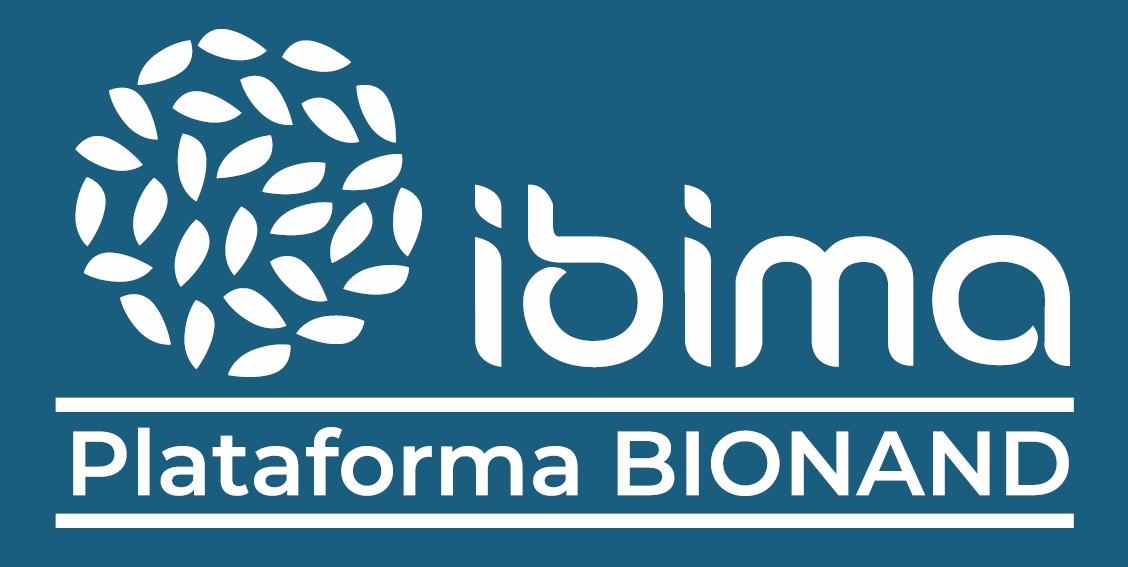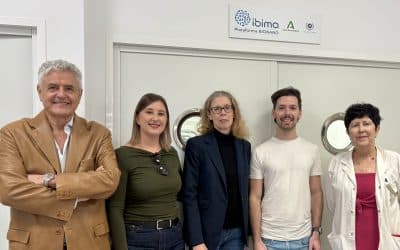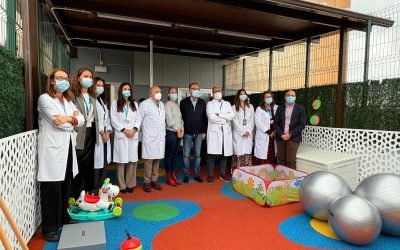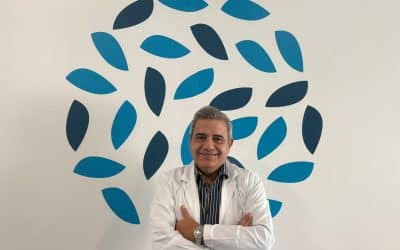This study has been supported by the Unicaja Foundation in recent years and by the Carmen Lavigne Award through the Spanish Association Against Cancer in 2019.
Researchers from the Malaga Biomedical Research Institute and Nanomedicine Platform (IBIMA Plataforma BIONAND) have taken another step forward in the early detection of breast cancer. A study, published in the scientific journal ‘npj Breast Cancer, led by the director of the Malaga Oncology Research Centre (CIMO), director of the Intercentre Clinical Oncology Unit of the Regional University Hospitals of Malaga and Virgen de la Victoria and director of the Centre for Medical and Health Research (CIMES) of the University of Malaga, Emilio Alba, together with the principal investigator leader of the Experimental Liquid Biopsy Laboratory of the Institute's ‘CIMO 1 - Clinical and Translational Research in Cancer’ group, Iñaki Comino, who highlights the potential of a new ultra-sensitive methodology for dual identification of circulating tumour DNA (ctDNA) and circulating tumour cells (CTCs) in blood in patients with localised breast cancer.
This new study is based on increasing the volume of blood samples collected, which allows for more accurate detection of ctDNA and CTCs. In this way, it is possible to identify the response to treatment and make an early diagnosis of possible relapse of the disease and, therefore, improve the clinical management of these patients. This novel methodology may represent, for oncologists, a more effective tool for early intervention, before an obvious clinical relapse occurs.
Iñaki Comino himself explained that the aim of the research has been to improve the sensitivity and accuracy of ctDNA and CTCs tests. ‘Ultra-sensitive monitoring of treatment response and early identification of cancer relapses can be crucial to increase survival rates and improve patients' quality of life. With this new methodology, we have been able to identify the persistence of breast cancer even after established treatments to eradicate the disease. This detection will allow a more timely and personalised clinical management of patients,’ said Iñaki Comino.
The study involved patients with early breast cancer, whose blood samples were drawn periodically during their treatments. These samples were analysed using advanced technologies that allow the detection of extremely low levels of ctDNA and CTCs. In this way, the presence of these components and their evolution over time during treatment made it possible to distinguish those patients who responded to treatment, as well as those who eventually relapsed after surgery. In this sense, Dr. Comino has assured that ‘this advance is not only an achievement for our team, but also an example of how interdisciplinary collaboration and the use of cutting-edge technology can lead to discoveries that change lives’, while he said he felt ‘very satisfied to contribute a grain of sand in the transformation of the clinical management of breast cancer’
The implementation of this methodology in clinical practice could improve the clinical outlook for patients with localised breast cancer who have not responded to primary treatments and may face future relapse. In addition, one of the advantages of this discovery is that it employs a minimally invasive procedure such as blood sampling. Furthermore, this method has the potential to be adapted to other types of cancer, which broadens its impact on modern oncology.
On the other hand, the researcher Iñaki Comino has received a Postdoctoral Grant with the support of the Carmen Lavigne Award through the Spanish Association Against Cancer. In addition, this scientific publication is part of the project ‘Prevention and early detection of relapse in breast cancer patients using blood samples’ carried out at the Institute thanks to the support of the Unicaja Foundation, along with two other projects also on research in Oncology, all coordinated by Emilio Alba himself.
Finally, Iñaki Comino concluded by pointing out that ‘the present and future of oncology lie in the detection of cancer even when it is minimally present, in order to apply a personalised and precision medicine that allows us to approach its cure in a more effective way’.



